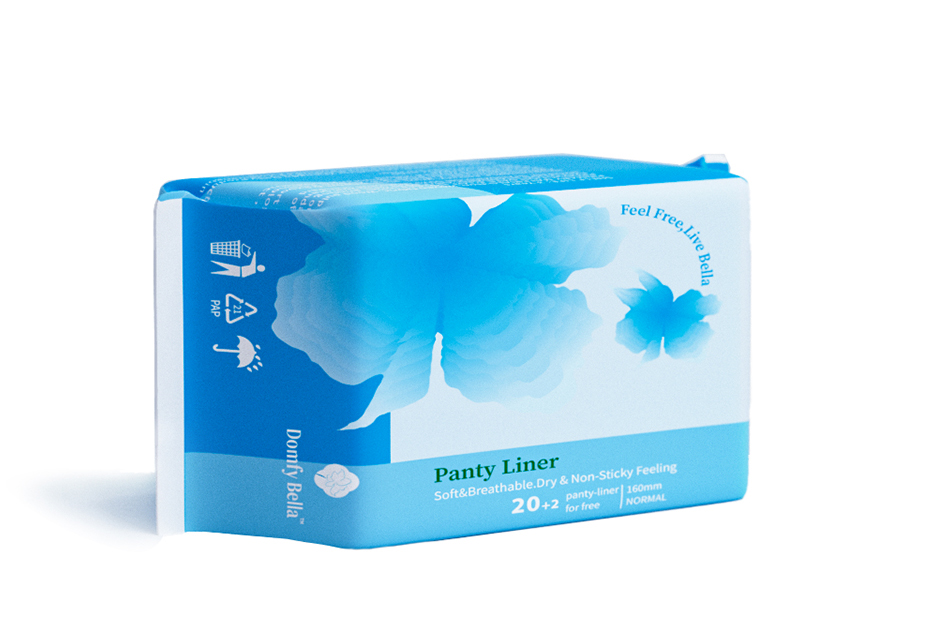When it comes to photography, lighting is one of the most critical elements that can make or break an image. While many photographers focus on the intensity and direction of light, the color of the light is equally important. Understanding which color light is best for photography can elevate your work, enhance the mood of your images, and ensure that your subjects are captured in the most flattering way. In this article, we will delve into the nuances of color temperature, the psychology of color, and practical applications to help you make informed decisions in your photographic endeavors.
Understanding Color Temperature
Color temperature is measured in Kelvin (K) and describes the hue of a specific type of light source. The lower the Kelvin number, the warmer (more yellow/red) the light appears; conversely, higher Kelvin numbers indicate cooler (more blue) light. Here’s a quick breakdown of common light sources and their corresponding color temperatures:
- Candlelight: ~1,500K (very warm)
- Incandescent Bulbs: ~2,700K to 3,200K (warm)
- Fluorescent Lights: ~4,000K to 5,000K (neutral to cool)
- Daylight: ~5,500K to 6,500K (cool)
- Overcast Sky: ~6,500K to 7,500K (very cool)
The Best Color Light for Different Photography Styles
- Portrait Photography
For portrait photography, warm light is often preferred as it creates a flattering skin tone and adds a sense of intimacy to the image. The golden hour, which occurs shortly after sunrise and before sunset, provides a natural warm light that enhances the subject's features. If shooting indoors, using softboxes with a color temperature around 3,200K can replicate this warm ambiance.
- Product Photography
In product photography, the choice of light color can significantly affect how the product is perceived. Neutral white light (around 5,500K) is ideal for accurately representing colors and details. This is particularly important for e-commerce photography, where customers rely on images to make purchasing decisions. Using daylight-balanced lights can help achieve this effect, ensuring that the product appears true to life.
- Landscape Photography
For landscape photography, the color of light can dramatically alter the mood of the scene. The golden hour is again a favorite among landscape photographers for its warm tones, which can enhance the colors of the landscape. However, shooting during the blue hour (just before sunrise or after sunset) can provide a cooler, more ethereal quality to your images, making it ideal for capturing dramatic skies and reflections.
The Psychology of Color in Photography
Colors evoke emotions and can influence the viewer's perception of an image. Understanding the psychological effects of different colors can help you choose the right light for your photography:
- Warm Colors (Red, Orange, Yellow): These colors are associated with warmth, energy, and passion. They can create a sense of comfort and intimacy in portraits.
- Cool Colors (Blue, Green, Purple): These colors evoke calmness and serenity. They are often used in landscape photography to convey tranquility.
- Neutral Colors (White, Gray): These colors are versatile and can be used to create a balanced composition, especially in product photography.
Practical Tips for Choosing the Right Color Light
- Use a Color Temperature Meter: Investing in a color temperature meter can help you measure the light in your environment, allowing you to adjust your settings accordingly.
- Experiment with White Balance Settings: Most cameras have white balance settings that can be adjusted to match the light source. Experimenting with these settings can help you achieve the desired color tone in your images.
- Consider the Mood You Want to Convey: Think about the emotions you want to evoke in your audience. Choose your light color based on the mood you wish to create.
- Post-Processing Adjustments: If you find that the color of your light didn’t turn out as expected, don’t hesitate to make adjustments in post-processing software. Tools like Adobe Lightroom and Photoshop allow you to tweak color temperatures and enhance the overall look of your images.
Conclusion
Choosing the right color light for photography is not just about technical specifications; it’s about understanding how light interacts with your subject and the emotions it can evoke in your audience. By mastering the principles of color temperature, the psychological impact of colors, and practical techniques, you can significantly enhance your photographic work. Whether you’re capturing portraits, products, or landscapes, the right color light can transform your images from ordinary to extraordinary. So, the next time you pick up your camera, remember that light is not just a tool; it’s an essential element of your artistic expression.

